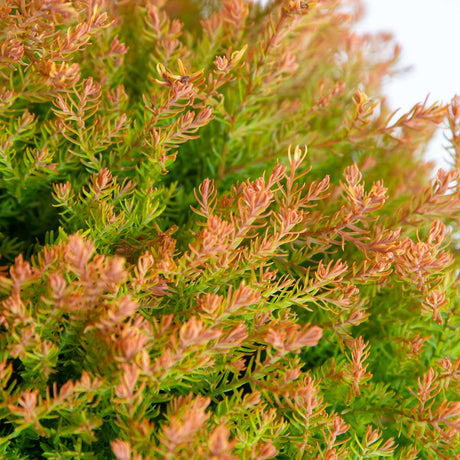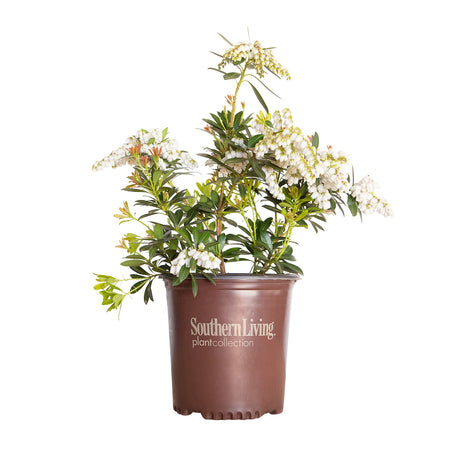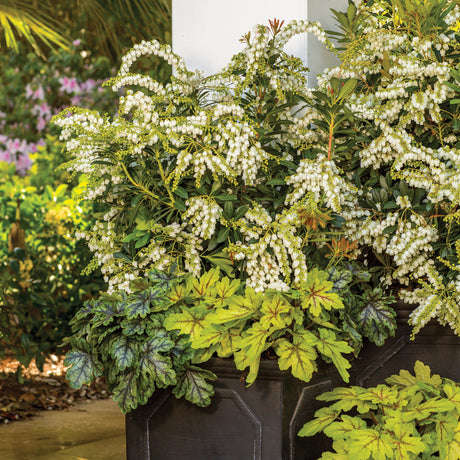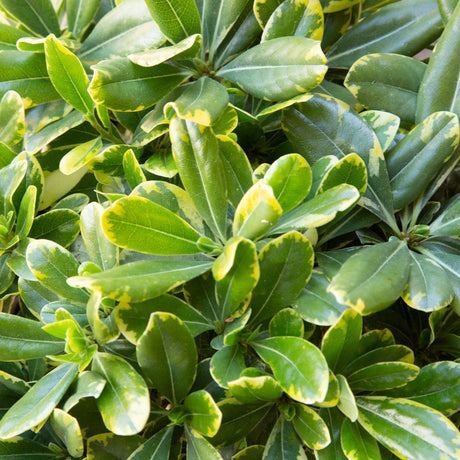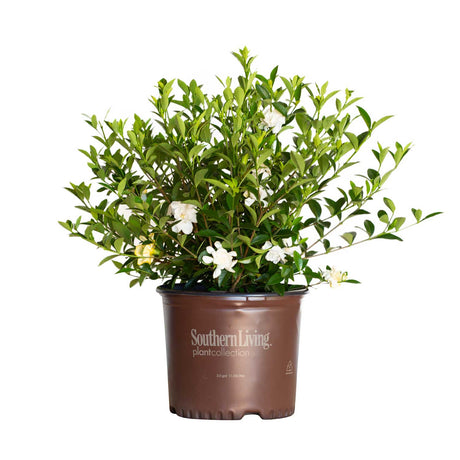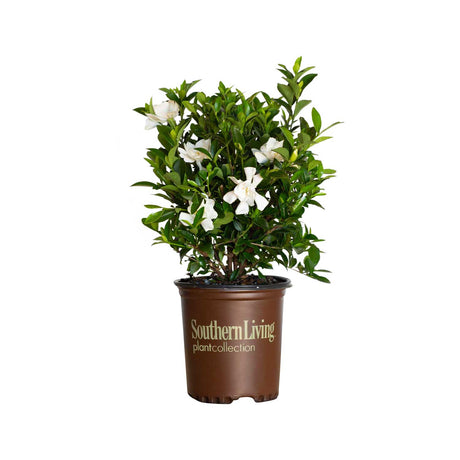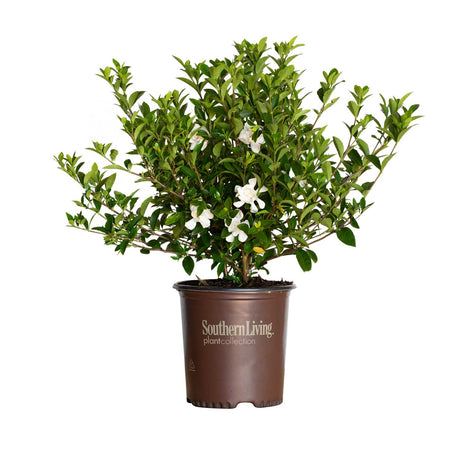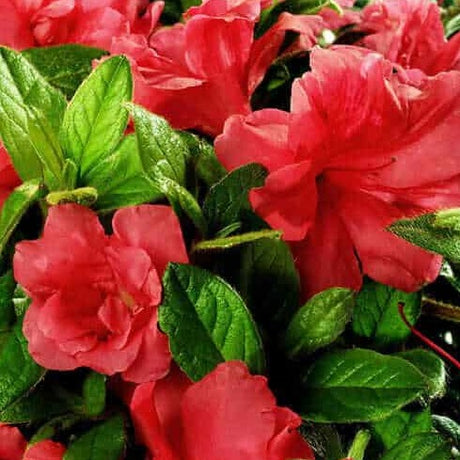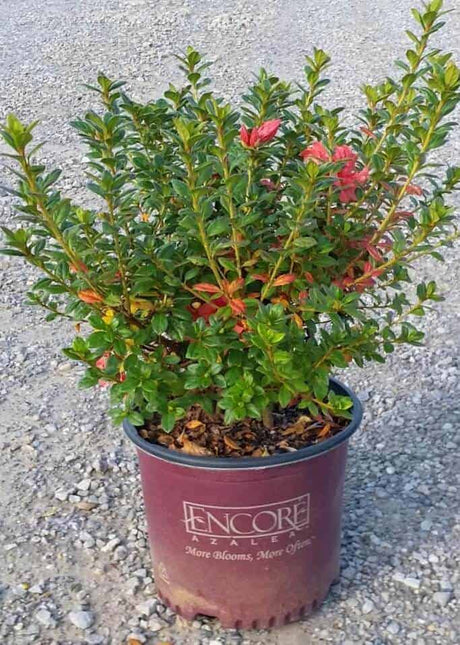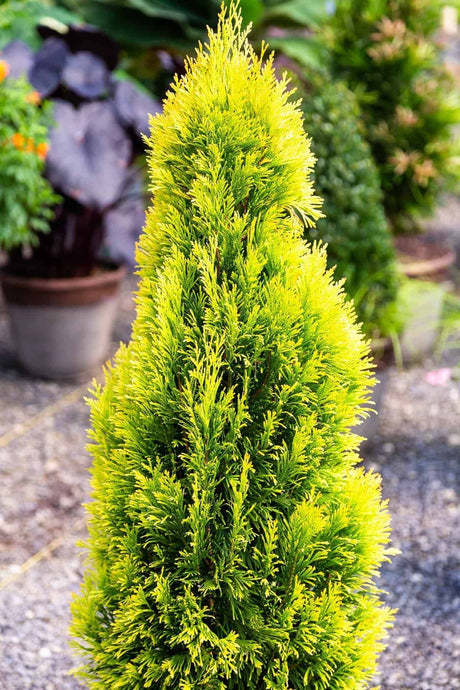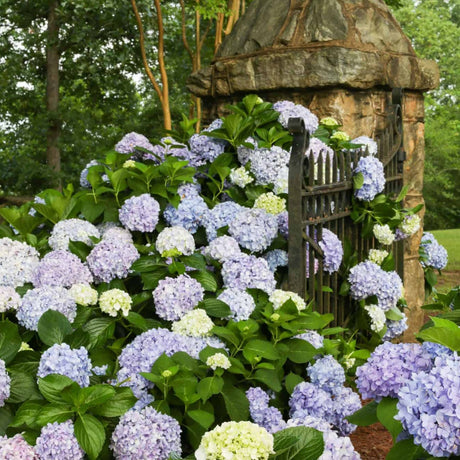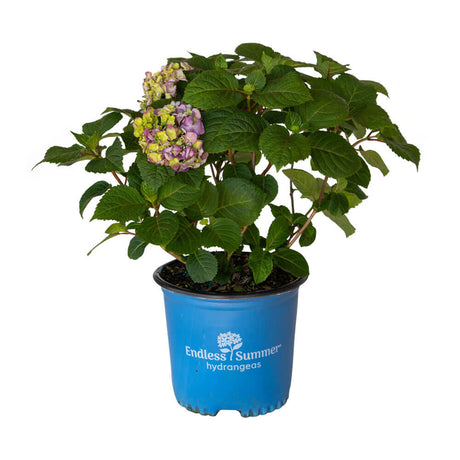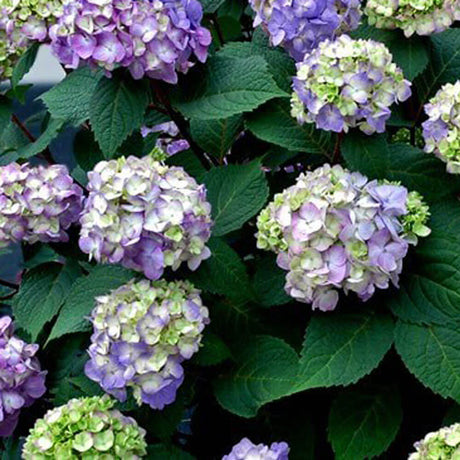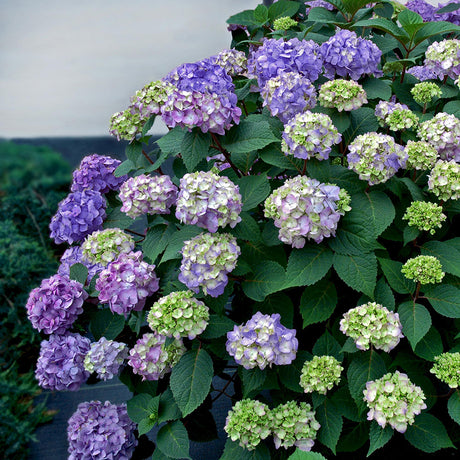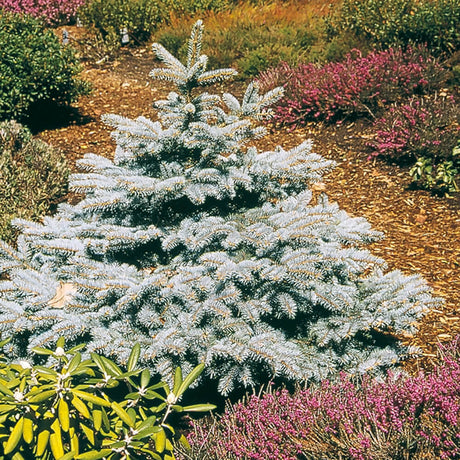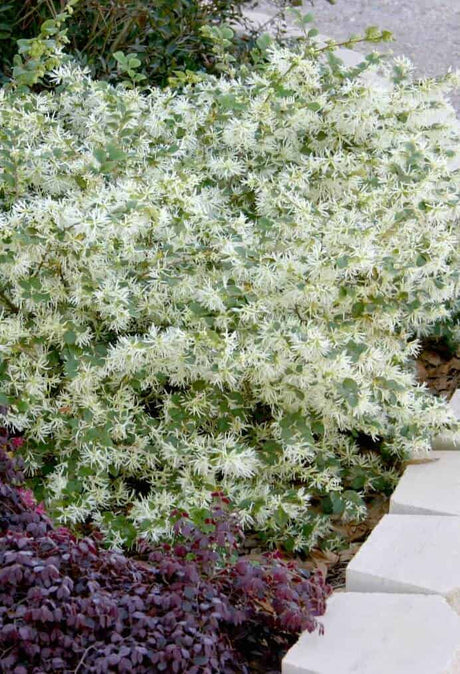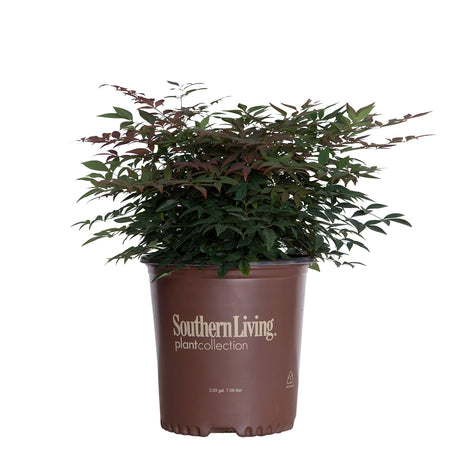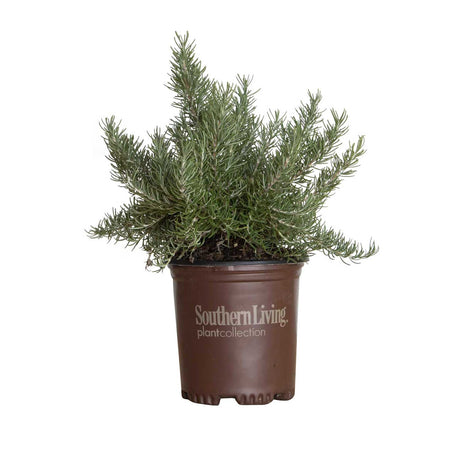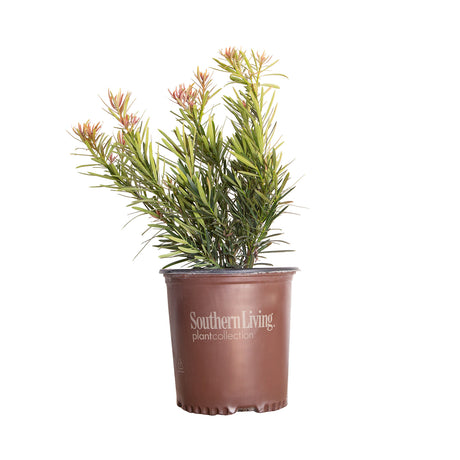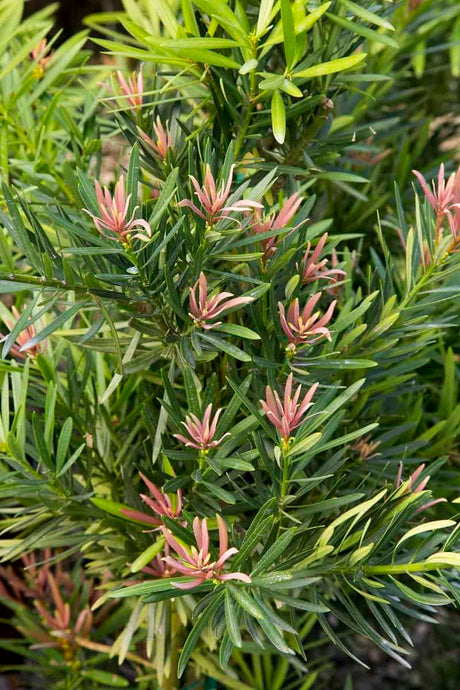FiltersFilter & Sort
- Up to 11% off
Southern Living Plant Collection
From $19.99Unit price /UnavailableVery low stock (2) Southern Living Plant Collection
From $19.98Unit price /UnavailableIn stock (285)Southern Living Plant Collection
From $18.99Unit price /UnavailableIn stock (183)Southern Living Plant Collection
From $21.99Unit price /UnavailableIn stock (246)Southern Living Plant Collection
$49.99Unit price /UnavailableIn stock (74)Southern Living Plant Collection
From $20.99Unit price /UnavailableIn stock (65)Endless Summer Hydrangea
BloomStruck Hydrangea | Endless Summer
From $21.99Unit price /UnavailableIn stock (106)Southern Living Plant Collection
From $18.99Unit price /UnavailableIn stock (755)Southern Living Plant Collection
From $19.99Unit price /UnavailableIn stock (583)Southern Living Plant Collection
From $19.98Unit price /UnavailableIn stock (182)Southern Living Plant Collection
From $19.98Unit price /UnavailableIn stock (261)
Container Gardening Basics
Container gardening is a fantastic way to add greenery to any space, from small balconies to expansive backyards. To help your container garden thrive, start by mastering the basics:
Selecting the Right Containers
Choose containers that are large enough to accommodate your plants' root systems, allowing them room to grow. Ensure the containers have drainage holes to prevent waterlogging, which can cause root rot.
Choosing the Appropriate Potting Soil
High-quality potting soil is crucial for container gardening success. Opt for a well-draining soil mix specifically formulated for container plants. This type of soil provides the necessary nutrients and moisture retention while allowing excess water to drain away.
Ensuring Proper Drainage
Proper drainage is essential for plant health. Use a layer of gravel or non-organic material at the base of your pots to create space for excess water to drain out, preventing waterlogged roots and potential plant diseases.
Plant Selection and Combination
The success of your container garden largely depends on the plants you choose and how you combine them. Here are some tips for selecting and combining plants to create a stunning container garden.
Choosing Suitable Plants
Select plants that are well-suited for container gardening. Look for varieties with compact growth habits or those specifically labeled for containers. This ensures that the plants have enough space to grow and thrive.
Creating Visually Appealing Combinations
Combine plants with contrasting colors, textures, and heights to create an eye-catching display. Pair tall, spiky plants with trailing vines or fillers with vibrant flowers. Experiment with different combinations to find the perfect balance.
Considering Sun and Shade Requirements
Group plants with similar light requirements together to ensure they receive the appropriate amount of sunlight. This helps prevent sunburn or lack of growth.
Watering and Maintenance
Proper watering and maintenance are crucial for the success of your container garden. Here are some tips to ensure your plants thrive:
Watering
It's important to strike a balance when watering. Overwatering can lead to root rot and fungal diseases, while underwatering can cause plants to wither. Keep the soil moist but not waterlogged.
Monitoring Soil Moisture Levels
Stick your finger about an inch into the soil to check moisture levels. If it feels dry, it's time to water. If it feels moist, hold off. Different plants have different water requirements, so know the specific needs of each plant in your container garden.
Implementing a Watering Schedule
Create a schedule based on the type of plants, weather conditions, and the size and material of your containers. This ensures regular hydration without the risk of over or underwatering.
Seasonal Care and Maintenance
Proper care and maintenance are essential for the success of your container garden throughout the seasons. Follow these guidelines to keep your plants healthy and vibrant year-round:
Preparing Containers for Winter
As colder months approach, remove any dead or dying plants, debris, or fallen leaves. Empty the containers and clean them thoroughly to prevent pest or disease buildup. Store empty containers in a sheltered area, such as a garage or shed, to protect them from extreme temperatures.
Protecting Plants from Frost
When frost is expected, move your container plants to a sheltered location, such as a covered porch or indoors near a sunny window. Cover the containers with frost blankets or burlap for additional insulation. Avoid placing containers directly on the ground, as the cold can penetrate through the bottom.
Pruning and Trimming for Healthy Growth
Regular pruning and trimming promote healthy growth and maintain the shape of your container plants. Remove any dead or damaged branches or foliage to prevent disease spread. Trim back overgrown stems to encourage bushier growth. Use clean and sharp pruning tools to avoid causing unnecessary stress to the plants.


